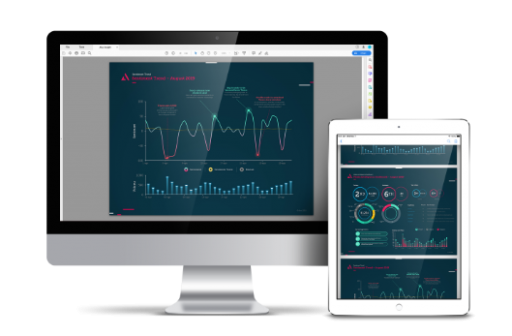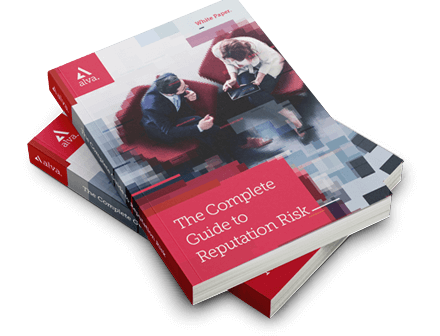Brand and reputation, what is the difference?
The catchphrase of “brand reputation management” has generated something of an excited buzz in the media of late, when looking at how organisations are working to improve their image among stakeholders – but as a compound concept, it’s somewhat misleading. And while there are plenty of companies who will offer to help you with a “brand reputation management strategy”, it’s important to understand that it is actually a conflation of two different concepts.
Although not mutually exclusive, ‘brand’ and ‘reputation’ are definitively not one and the same, and to handle each requires a different set of tactics and overall strategy. Brand, while central to an organisation’s reputation, is only a single component, a subset, albeit an important one, of overall reputation. And the fundamental difference between the two is that brand can be managed, while reputation can only be influenced.
You can buy a brand, but your reputation is priceless
Brand is a commodity, something you build, shape and own. Through it you can sway public opinion, using images, design strategies and marketing campaigns to impart the story you want to tell about your organisation. Reputation, by comparison, can’t be ‘bought’. It lies in the eye of every stakeholder; there are multiple perspectives on it, none of which you control outright; and it is defined by corporate actions rather than advertising campaigns.
Consider brand as your present, while reputation is your past and future. Powerful though it is, brand is essentially defined by a narrow set of stakeholders – current customers or interested consumers – while reputation is formed of the combined opinions of these groups as well as those of all employees, shareholders, suppliers and clients – former, current and future – and many other stakeholders. And while opinions of your brand may change, and may not always be precisely what you wish, it is still an asset that you have a degree of control over.
A strong brand doesn’t equal a strong reputation
The difference between brand and reputation is underlined by the fact that a powerful brand and a poor reputation are not mutually exclusive. Highly successful, aspirational sportswear makes, such as Nike, Puma, and Adidas, have a clear position among their consumers. People know what they stand for – an active lifestyle, pushing to be the best you can be – and recognise the highly-paid brand ambassadors they sponsor to project that image.
But from a reputational perspective, these same companies have suffered damage from revelations stretching back to the 1990s that their expensive apparel is often produced in sweatshops. This connection hit the headlines again in 2017 for abusive employment practices at a Nike, Puma and Asics site in Cambodia.
Nike itself is clearly alive to the difference between brand and reputation – to the extent of risking its reputation in the US with older, more conservative customers in a bid to build appeal with liberal, more diverse consumers, by choosing politically controversial NFL player Colin Kaepernick to front the 30th anniversary of its Just Do It campaign.
In short: brand is your relevance, while reputation is your credibility. You can – and sometimes should – rebrand, but you cannot simply ‘re-reputation’, no matter how much you might want or need to. ‘Reputation management’, therefore, requires a longer-sighted, more subtle approach in attempting to influence stakeholders through authentic, sustainable actions.
Be part of the
Stakeholder Intelligence community











